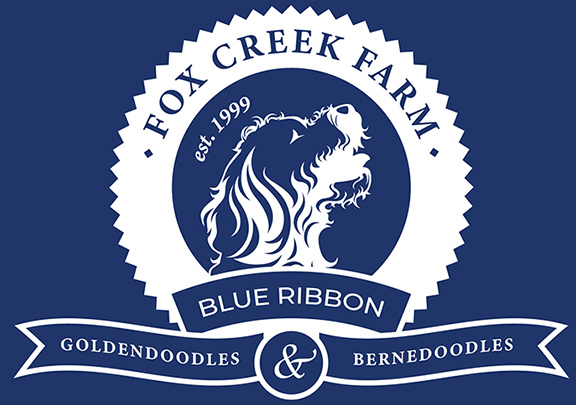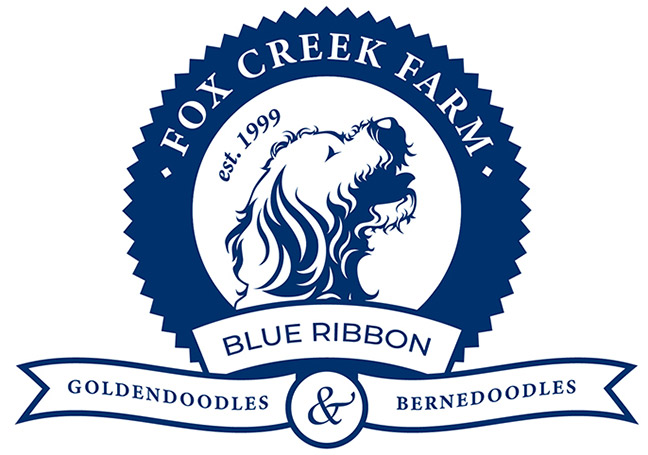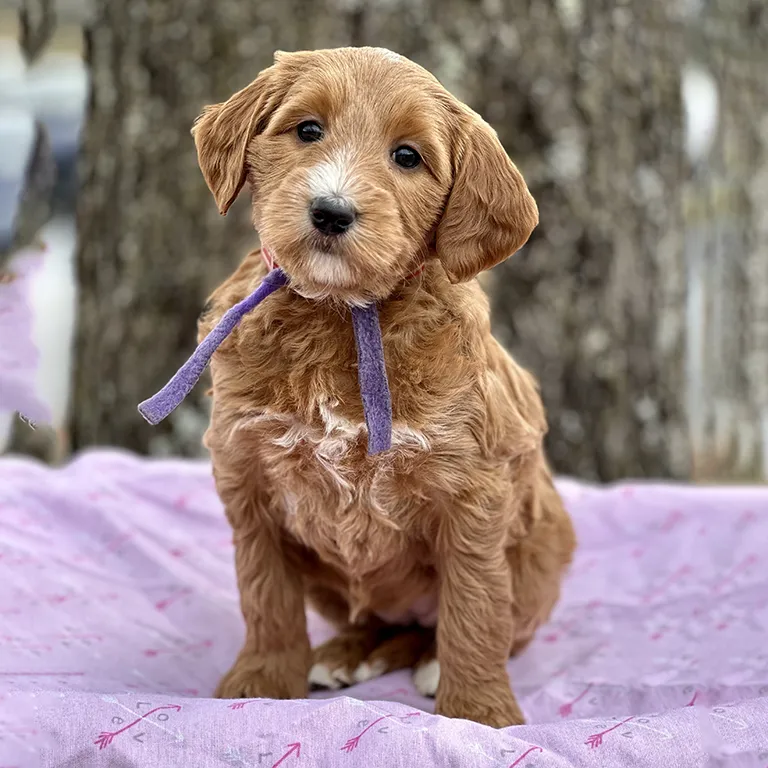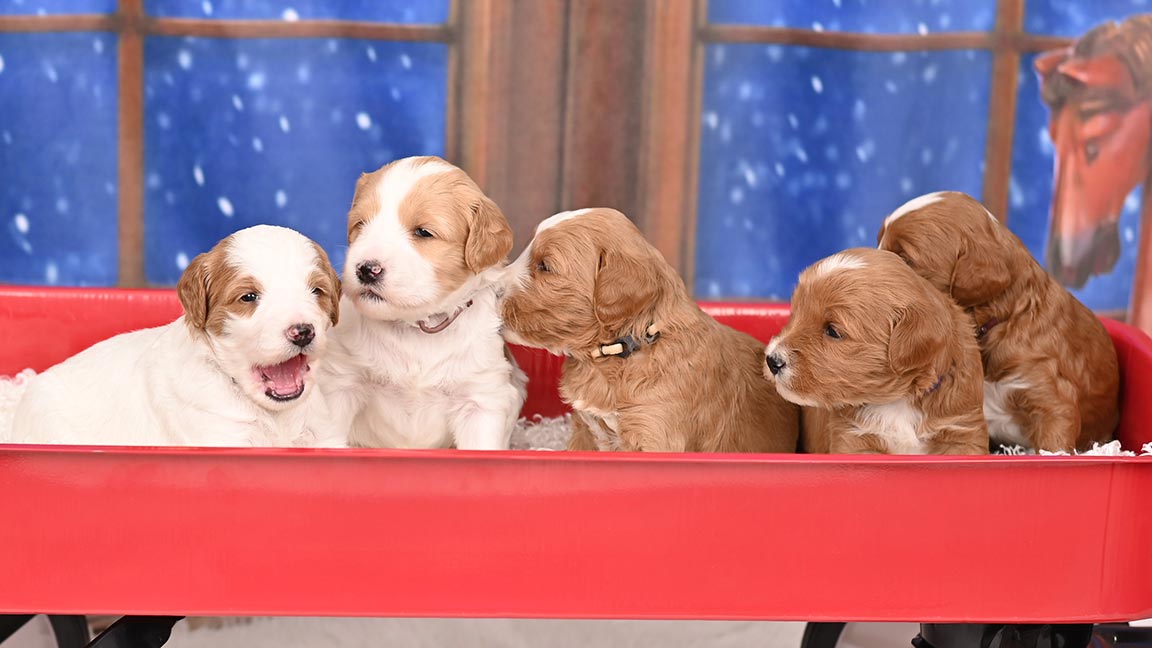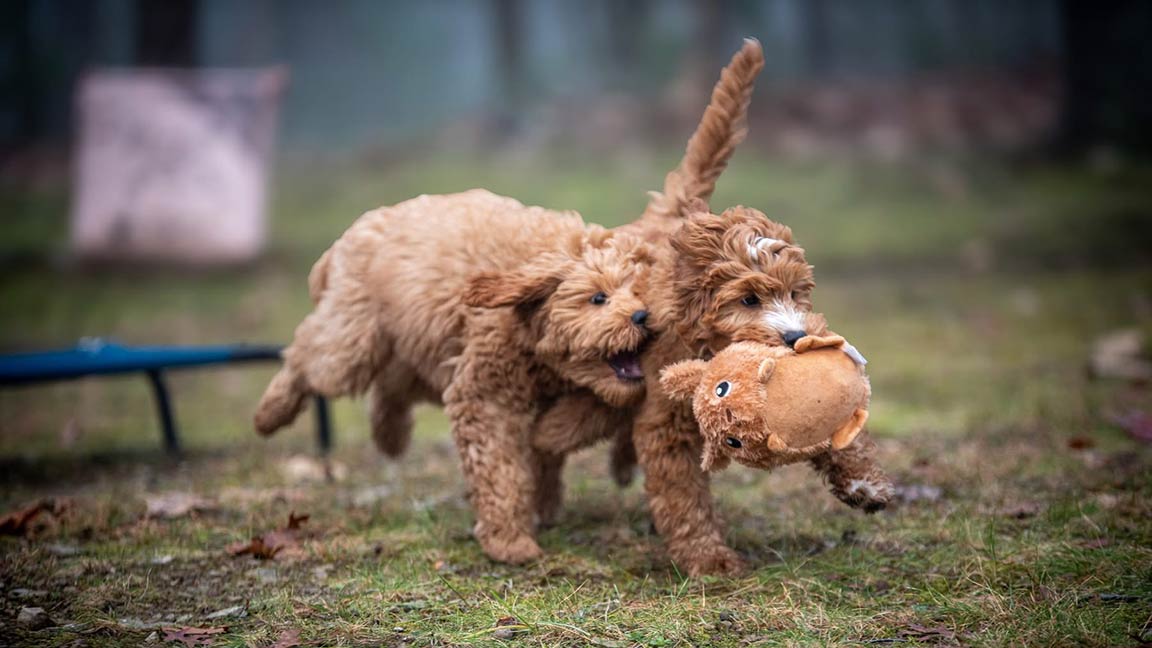
Why Are Multigen Goldendoodles the Most Popular Generation?
Many to-be Doodle parents and current Doodle parents wonder: what are multigenerational Goldendoodles? Below, you will learn more about the F1, F1B, F1BB, F2, F2B, and multigen Goldendoodles. We will also delve into whether a Goldendoodle’s generation affects their temperament, shedding, impact on people’s allergies, or appearance of their coat.
What is a Multigen Goldendoodle?
Multigenerational Goldendoodles are the offspring of two Goldendoodles, one of which has to be an F1B or deeper generation. Later in the blog, we will learn more about what the different generations and labels mean. A multigen Goldendoodle has two Goldendoodle parents typically, but a Poodle or Golden Retriever bred to a Multigen also constitutes a multigen.
Why Do Goldendoodle Generations Matter?
Your Goldendoodles’ lineage and generation can play a role in determining their physical characteristics, personality, and potential health issues for which they may be at risk.
Goldendoodle generations refer to the number of times a particular line has reproduced. By knowing the lineage of the Doodles, we can better understand their temperament, coat types, and whether they are hypoallergenic. A chart later in the article explains the DNA percentages in more detail.
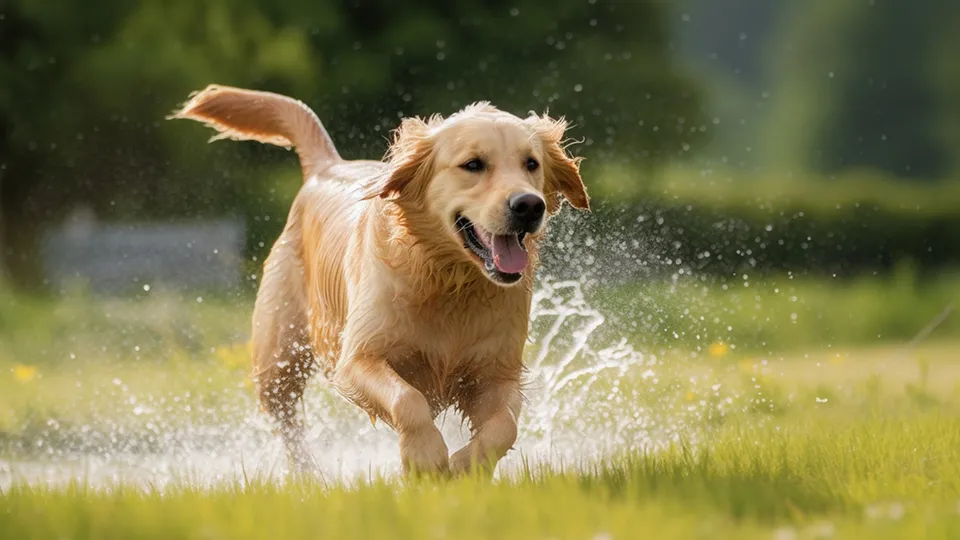
What Does the Labeling of Goldendoodle Generations Mean?
To quickly and easily refer to the generation of a Goldendoodle, people use the following terms: F1, F1B, F2, Multigen, and more.
The Goldendoodle Association of North America delineates what constitutes an F1, F1B, F2, and Multigen in their grading scheme. However, more generational labels for Doodles, including F1BB, F2B, F2BB, and F3, are used when a more precise generational description is desired. Each of these generations is considered to be a multigen.
Each letter and number in their name has a meaning. So, what are those meanings?
What does the “F” mean?
Every Goldendoodle generation begins with the letter “F,” meaning “Filial.” This means that this dog breed came from two purebred dogs – in this case, a purebred Poodle and a purebred Golden Retriever.
What does the number mean?
The generation of a Goldendoodle correlates with the number associated with it. So, 1 means first generation (parents are a Golden Retriever and Poodle), 2 means second generation, 3 means third generation, and so on.
What does the “B” mean?
Some Doodle generations have a “B” at the end, suggesting it is a backcross. Backcrossing means that a Goldendoodle is bred with a purebred Poodle. However, backcrossing can also indicate breeding a Goldendoodle back to a purebred Golden Retriever. This cross is fairly uncommon, though, for the following reasons.
Many puppies in the pairing of a Goldendoodle with a Golden Retriever will lack the second furnishing gene necessary to avoid shedding. Offspring that inherit no furnishing genes will likely result in what we call a flat- or improper-coated Goldendoodle. A flat-coated Goldendoodle has a similar coat to a Golden Retriever, which does not continue to grow after a certain length and will not have a fluffy appearance. The flat-coated Goldendoodle will also have a smooth, short-haired muzzle. These improper-coated Goldendoodles are not recommended for families with a member with dog allergies.
If the generation name has two Bs, it means that breeders backcrossed the Goldendoodle twice with a Poodle or Golden Retriever. This typically results in a very curly coat and a build similar to a purebred Poodle, with a more narrow head, longer and pointier snout, and a more delicate bone structure.
Goldendoodle Generations Chart
Descriptions of the different generations of Goldendoodles can be confusing, so a visual can be helpful to understand what the different generations entail.

First-Generation Goldendoodles: F1 Goldendoodles
A first-generation Goldendoodle is the offspring of a Golden Retriever and a Poodle. Since this offspring is a first-generation hybrid, it has some improved traits associated with hybrid vigor. Hybrid vigor refers to the idea that the first cross between two different purebred breeds will have improved health over the two parent breeds.
Since F1 Goldendoodles have an equal amount of both parents’ DNA, their coats will be wavy. F1 Goldendoodles will shed less than Golden Retrievers, but they will likely still shed some. Additionally, F1 Goldendoodles may be okay for people with mild allergies, but if a family member has moderate to severe allergies, F1 Goldendoodles may not be for you.
First-Generation Backcross Goldendoodles: F1B Goldendoodles
A first-generation backcross Goldendoodle results from breeding an F1 Goldendoodle with a Poodle or a Golden Retriever, but typically a Poodle due to their non-shedding coats. F1B Goldendoodles still have hybrid vigor, protecting them from some genetic issues many purebreds experience.
The coat of an F1B Goldendoodle generation is less predictable than an F1, as it will likely be wavy or curly. Additionally, about half of the litter will have lower-shedding coats and be more hypoallergenic than F1 Goldendoodles. F1B Goldendoodles can be perfect for individuals with moderate allergies, but only if the puppies in the litter are DNA tested to determine which ones inherited two furnishing genes. About half of each F1B litter will only inherit one furnishing gene, making them equal to F1’s in the shedding department..
First-Generation Double Backcross Goldendoodles: F1BB Doodle
The F1BB Goldendoodles are the generation most similar to a Poodle in DNA because breeders backcross the F1BB Goldendoodle twice with a Poodle. F1BB doodles have an F1B Goldendoodle parent and a Poodle parent.
F1BB Goldendoodles will likely have mostly curly coats. Their personalities and appearance may be very similar to those of Poodles. F1BB Goldendoodles would be great for individuals with moderate to severe allergies only if the F1B parent carries two furnishing genes. If the F1B Goldendoodle is one that inherited just one furnishing gene, breeding it to a purebred Poodle for F1BB puppies once again will only provide half of the litter with two furnishing genes.
As said earlier, F1BB doodles may have a similar appearance to a Poodle, meaning they may have a very curly coat that can be difficult to maintain. Brushing and grooming curly coats can be difficult, so you will likely have to brush daily or every other day to stay ahead of the knots and prevent matting.
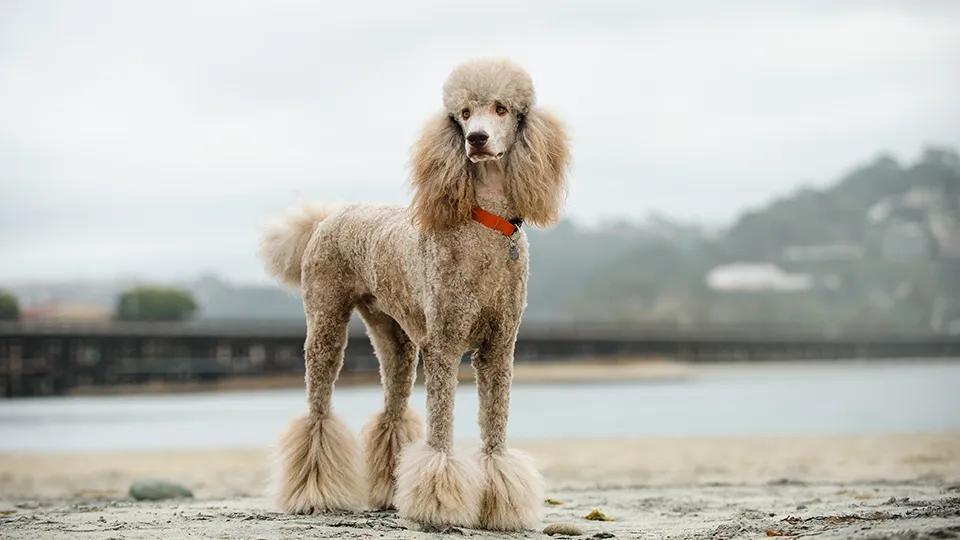
Second-Generation Goldendoodles: F2 Doodle
F2 Goldendoodles are the offspring of two first-generation Goldendoodles. F2 Goldendoodles can be unpredictable in coat types, so most breeders avoid creating this generation. The F2 generation can produce zero, one, and two furnishing genes and flat, straight, wavy, and curly coats.
Second-Generation Backcross Goldendoodles: F2B Doodle
An F2B is an F2 Goldendoodle bred with a Poodle (or in some instances, a Golden Retriever). F2B Goldendoodles’ traits are completely dependent on the traits in the F2 parent. Because F2 Goldendoodles are rarely produced, this generation is even rarer as they can range from non-shedding to high shedding and flat coated to extremely curly.
Multigen Goldendoodles
Multigenerational Goldendoodles have an F1B or deeper generation Goldendoodle parent and another any generation Goldendoodle, Poodle, or Golden Retriever parent. Multigenerational Goldendoodles are typically bred to be non-shedding and hypoallergenic, and therefore, the Golden Retriever is not added back in after the original F1 generation. Educated breeders use DNA panels to create beautiful and adorable offspring with gorgeous coats, unique colors, and amazing temperaments.
Which Generation of Goldendoodle Is Best?
Although many Doodle owners and breeders have an opinion on which Doodle generation is the best, there is not really a generation that is “best.” All Goldendoodle generations have their own unique traits that make them amazing. When looking to buy a Goldendoodle, your preferences determine the one that is considered the “best” for you.
Typically, multigenerational Goldendoodles are the most popular because people choose the breed for its low-shedding and hypoallergenic coat. However, multigen Goldendoodles created by uneducated backyard breeders or puppy mills can result in high shedding, improper coated offspring. It is critical that DNA results on the parent dogs are analyzed so that pairings can be determined to ensure the best outcomes for coat types and shedding amounts.
What Generation of Goldendoodle Sheds The Least?
About 50% of F1B Goldendoodles will be low to non-shedding. About 25% of F2 Goldendoodles can be hypoallergenic. Up to 100% of multigen Goldendoodles can meet that low to non-shedding desired trait, but only if selectively bred utilizing DNA data. Some breeders assume that curly coats equate to non-shedding. However, even straight-coated Goldendoodles can be non-shedding, as the furnishing genes are responsible for the longer facial hair typical of breeds that do not shed, i.e., Poodles, Shih Tzus, Yorkshire Terriers, Sheepdogs, etc.
When searching for hypoallergenic Goldendoodles for sale, be sure to look at the website or ask the breeder about the DNA testing completed on each parent dog. Reputable breeders should have a link to these DNA test results on their website or on request.
How Much Are Multigen Goldendoodles?
Goldendoodles are prevalent dog breeds, and for good reason! However, they are also pretty expensive pups. During the COVID-19 lockdown, so many people wanted furry friends, driving up the price tags for all dogs, including Goldendoodles. During this time, they were around $3,500-$5,500. Current pricing from reputable breeders ranges from $3,000 to $4,500. However, prices for Goldendoodles may vary depending on the breeder, generation, color, location, and whether you are looking at standard-sized Goldendoodles or mini Goldendoodles.
If you are not concerned about allergies or shedding, any Goldendoodle pup from fully health-tested parent dogs would be excellent for you, making it a tough choice. If you suffer from allergies or want a low-shedding dog, multigenerational Doodles would be best for you.
However, finding a responsible breeder is more important than choosing a generation. Good breeders will make amazing dogs focusing on temperament and fit for your family, no matter the generation. If your breeder conducts genetic testing and you choose a good pet insurance policy, your Goldendoodle puppy should live a long, happy, and healthy life with you.
